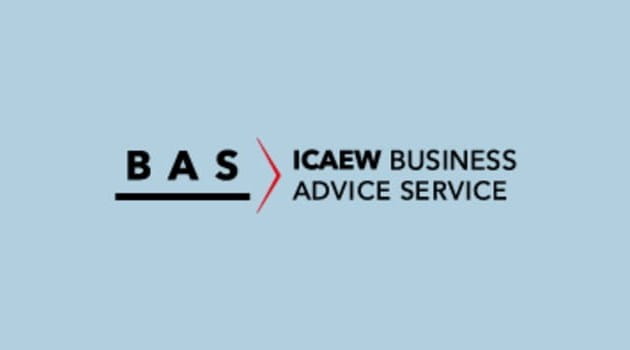The UK’s Climate-related Financial Disclosure Regulations 2022, which became effective for periods beginning on or after 6 April 2022, represent the first major requirement for some businesses to provide detailed climate-related information in the annual report. The regulations have been drawn from the existing Task Force on Climate-related Financial Disclosures (TCFD) framework.
At the recent ICAEW Corporate Reporting Faculty conference, Burberry’s Helen Green, Group Financial Controller, and Aadam Nabi, Manager, Sustainability Finance, spoke about how they set about complying with the new regulations well before they came into force.
The build-up for Burberry began in 2019, with full TCFD compliance achieved in 2022. Starting early gave Burberry the time to get to grips with what is required, particularly the four thematic areas or pillars that the core elements of the TCFD’s recommendations are structured around: governance, strategy, risk management, and metrics and targets. Here are the company’s five key takeaways.
1 Scenario analysis and TCFD disclosure is a journey
Burberry has built up its knowledge base over the years and refined the process with each iteration. An internal cross-functional working group was set up, but it’s not just that group that needs to be involved, says Green: “When it’s your day job, you can get deeply involved in what your scenario analysis is doing, but trying to explain that in 15-20 minutes can be a big challenge. You need to bring the right people and senior leaders with you throughout the journey.”
2 Understand the data requirements for scenario analysis
The most obvious point about scenario analysis is that it’s hypothetical and by its very nature there will be a lot of underlying assumptions. Getting these assumptions consistent with the business strategy is key to producing meaningful analysis. The data going into this is vital, in Burberry’s case looking at physical risks such as heatwaves, drought, storms and so on in key locations, and on the transitional side what would happen if consumers changed their behaviour, and what the reputational impact of not doing enough would be.
3 Having the right team in place is key
For the scenario analysis, as well as its internal TCFD working group, Burberry also used a third party. Says Green: “They came with the climate data and insights in terms of how consumers may potentially behave, for example. Using the appropriate third party to support the journey was definitely key in terms of both enabling us to quantify some of these risks and to gain assurance.”
4 Understand your mitigations and opportunities
“Someone once told us that there are no opportunities in climate change,” says Green. But it is also important to think about risk mitigations that result in a relative positive impact even if they are not a new opportunity. “Is the reduction of a negative thing the same as a positive thing? If our strategy is designed to minimise risk, then does the TCFD requirement also want this to be disclosed alongside opportunities,” continues Green. “Burberry had a clear Climate Positive strategy already and we were thinking about our journey towards net zero and the corporate initiatives that were going to be required to achieve that, such as circular business models, or sourcing more sustainable materials.”
5 Engage outside of the business
Talking to both investors and peers is essential. As all companies of a certain size are going through the same process, discussing the issues and trying to understand the solutions is also useful. “It’s really important just to talk to our peers and see how they’re using different interpretations of the requirements,” says Green. Bodies such as Accounting for Sustainability have proved to be a useful forum for facilitating this discussion; Burberry has also got involved with consultations in this area.
The final element to this is embedding best practice. Says Nabi: “The FRC thematic review is a key report – it’s a review of UK companies’ TCFD disclosures, highlighting the areas that are being done well or that need improvement.”
Further reading
- A longer version of this piece appears in By All Accounts, the Corporate Reporting Faculty’s online publication.
- Burberry: lessons in adopting TCFD
- How Burberry is keeping check on sustainability
- Visit the By All Accounts hub


